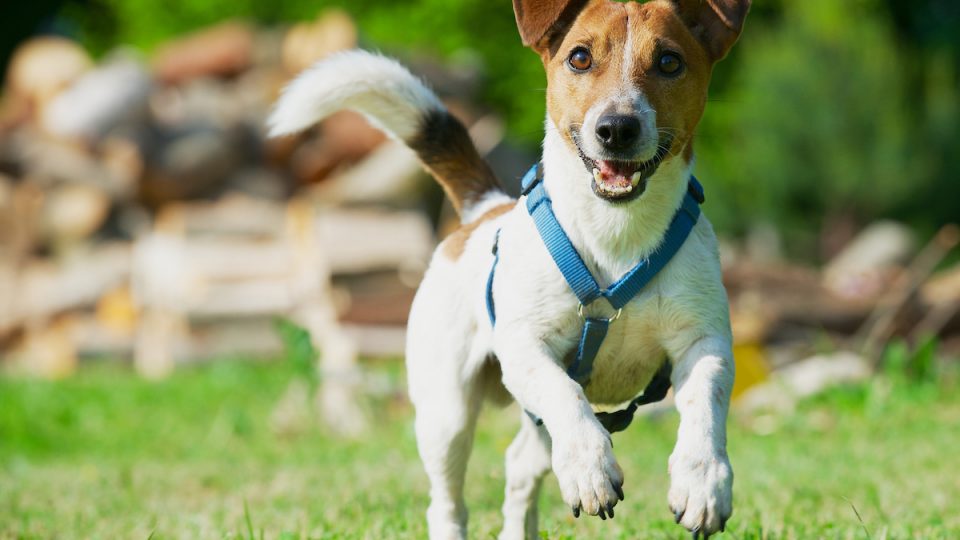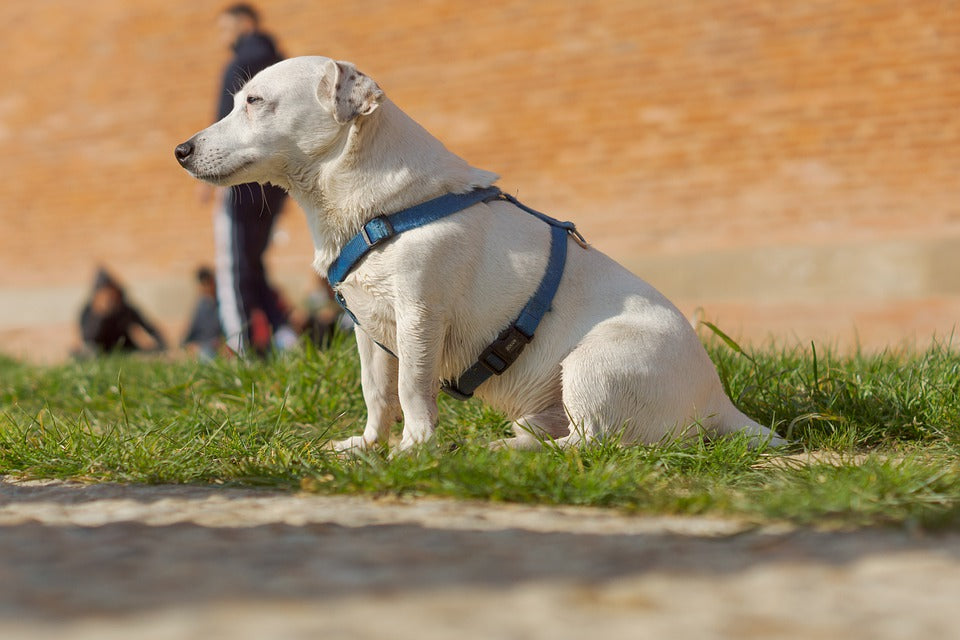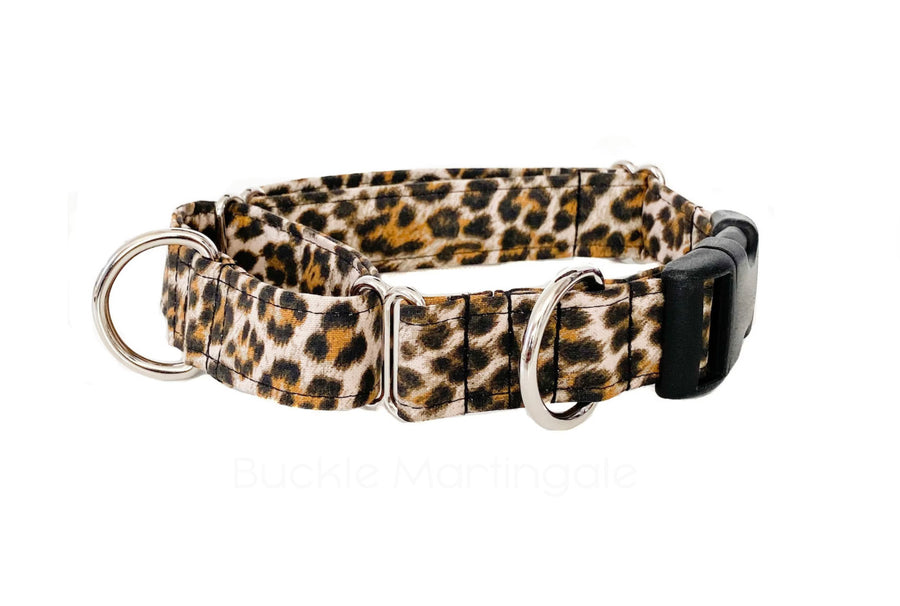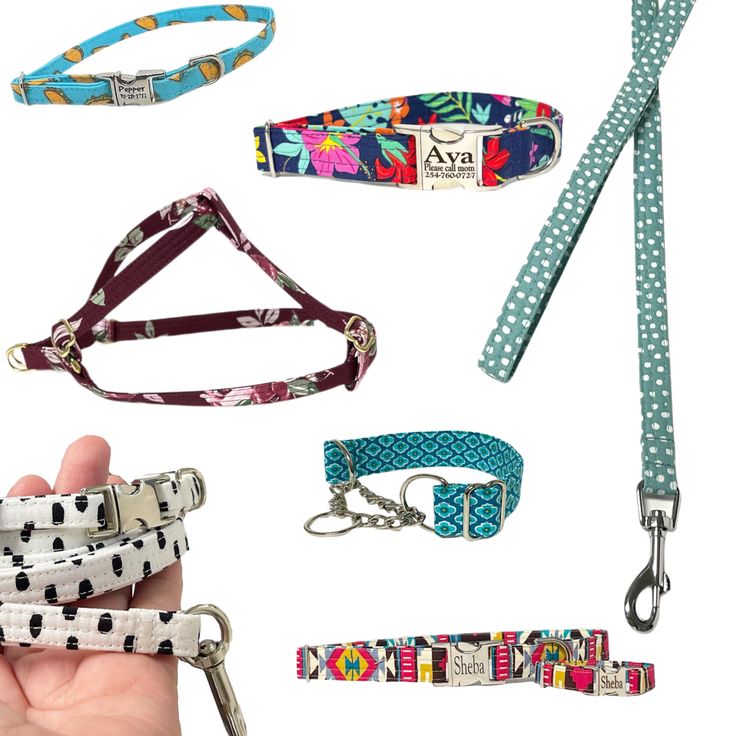Bringing a dog into your family's life is an exciting and rewarding experience. However, along with all the joy and love they bring, dogs also need certain things to keep them happy and healthy. One of these necessities is a dog collar. A collar serves as more than just a fashion accessory for your furry friend – it can also be a crucial tool in keeping them safe and secure. With so many options available on the market, choosing the right dog collar can seem overwhelming. That's why we've put together this guide to help you pick the perfect collar for your beloved pet.
1. Understanding the Different Types of Dog Collars

Before we delve into the specifics of picking a dog collar, it's important to have a basic understanding of the different types available. Here are some of the most common types of collars:
a) Flat Collars
Flat collars are the most traditional type of dog collar and are usually made of nylon or leather. They typically buckle or clip around the dog's neck and come with a D-ring where a leash can be attached. These collars are suitable for everyday use and are available in various sizes, colors, and designs.
Pros:
- Easy to use
- Lightweight
- Affordable
- Wide variety of options available
Cons:
- Not suitable for dogs who pull on the leash
- Can cause discomfort if fitted too tightly
b) Martingale Collars
Martingale collars, also known as limited-slip collars, are designed for dogs who tend to slip out of their collars. They consist of a large loop that goes around the dog's neck and a smaller loop that tightens when the dog pulls on the leash. This prevents the collar from slipping off and provides more control over the dog's movements.
Pros:
- Prevents dogs from slipping out of their collars
- Offers more control for handling
- Can be used for training purposes
Cons:
- Not suitable for all breeds
- Can cause discomfort if not fitted properly
2. Factors to Consider When Choosing a Dog Collar

Now that you have an understanding of the different types of dog collars, let's dive into the important factors to consider when picking the right one for your furry companion.
a) Size and Fit
One of the most crucial aspects of choosing a dog collar is ensuring that it fits correctly. A collar that is too loose can slip off, while a collar that is too tight can cause discomfort or even harm to your dog. To determine the right size, measure your dog's neck with a measuring tape and add two inches for comfort. It's also important to regularly check and adjust the collar as your dog grows.
b) Material
Dog collars come in various materials, each with its own advantages and disadvantages. Some common materials include nylon, leather, and neoprene. Nylon is lightweight and easy to clean, while leather is durable and stylish. Neoprene is a soft material that is comfortable for dogs with sensitive skin. Consider your dog's needs and preferences when selecting the material.
c) Purpose
The purpose of the collar is another essential factor to consider. Are you looking for a collar for everyday use? Do you need one for training purposes? Will your dog be wearing the collar while swimming? These are all important questions to ask yourself before making a purchase.
3. How to Measure for a Dog Collar

To ensure the perfect fit for your dog's collar, it's important to take accurate measurements. Here are the steps to follow:
- Use a flexible measuring tape and place it around your dog's neck where the collar would normally sit.
- Make sure the tape is snug but not too tight.
- Take note of the measurement in inches.
- Add two inches to the measurement for a comfortable fit.
4. Tips on Fitting a Dog Collar

A properly fitted collar is essential for your dog's comfort and safety. Here are some tips to keep in mind when fitting your dog's collar:
- The collar should be snug, but you should be able to fit two fingers between the collar and your dog's neck.
- Check the fit regularly, especially if your dog is still growing.
- Ensure that the collar is not too loose or too tight when your dog is standing, sitting, and lying down.
- If the collar has a buckle, make sure it is on the correct side, and the D-ring is facing up.
FAQs

What is the best material for a dog collar?
The best material for a dog collar depends on your dog's needs and preferences. Nylon is lightweight and easy to clean, leather is durable and stylish, while neoprene is soft and comfortable for dogs with sensitive skin.
Can I use a cat collar for my dog?
No, it's not recommended to use a cat collar for your dog as they have different sizes and strengths. A cat collar may not fit your dog comfortably and could potentially harm them.
How often should I check the fit of my dog's collar?
It's recommended to check the fit of your dog's collar at least once a week, especially if they are still growing. It's important to ensure that the collar is not too loose or too tight.
Can I leave my dog's collar on all the time?
It's generally safe to leave your dog's collar on all the time, but it's important to remove it for bathtime or grooming sessions. It's also recommended to remove the collar at bedtime to prevent any potential hazards.
Can I use a dog harness instead of a collar?
Yes, a harness can be used instead of a collar, especially for dogs who pull on the leash. However, it's still important to have a collar with identification tags in case your dog manages to slip out of their harness.
Conclusion

Choosing the right dog collar is an essential part of being a responsible pet owner. It not only serves as a means of identification but also helps keep your furry friend safe and secure. By considering factors such as size, fit, material, and purpose, you can pick a collar that is comfortable and suitable for your dog's individual needs. Remember to regularly check and adjust the collar's fit and keep an eye out for any signs of discomfort. With the right collar, your dog will be ready for all sorts of adventures by your side.



